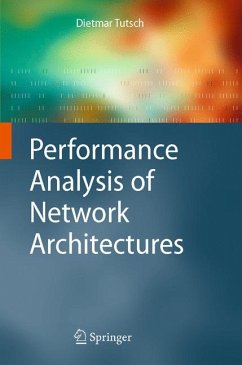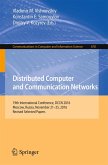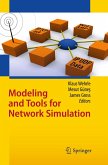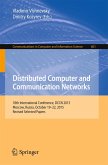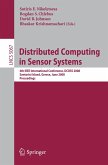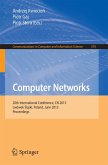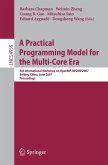Three approaches can be applied to determine the performance of parallel and distributed computer systems: measurement, simulation, and mathematical methods. This book introduces various network architectures for parallel and distributed systems as well as for systems-on-chips, and presents a strategy for developing a generator for automatic model derivation. It will appeal to researchers and students in network architecture design and performance analysis.
Dieser Download kann aus rechtlichen Gründen nur mit Rechnungsadresse in A, B, BG, CY, CZ, D, DK, EW, E, FIN, F, GR, HR, H, IRL, I, LT, L, LR, M, NL, PL, P, R, S, SLO, SK ausgeliefert werden.

